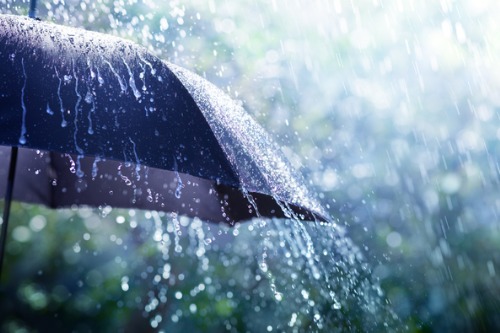

Though last summer saw the worst bushfires on record hit the eastern states of Australia, the forecast for this summer is decidedly more concerned with wet weather events. This is, in large part, because of the now active La Niña weather pattern, which is typically associated with greater rainfalls and cooler daytime temperatures for much of Australia.
New research commissioned by Allianz Australia, however, has found that many Australians are unaware of the presence of La Niña and the potential for it to bring storms, cyclones and floods.
“According to our research, two in three Australians still believe Australia is most at risk of experiencing bushfires,” Mark O’Connor, national manager for claims technical and business operations at Allianz Australia, told Insurance Business.
“Perhaps COVID-19 has been a distraction from everything else that’s going on around us, or they feel they won’t be affected,” he added. “Whatever the reason, the Bureau of Meteorology (BOM) has made it very clear we’ll see a 70% increased chance of extreme weather conditions this summer. So, Australians need to prepare for a drastically wetter summer than most are used to.”
The recent State of the Climate report from the CSIRO and the BOM highlighted that extreme weather events are increasing in frequency in Australia as a result of climate change. Though this means that there will very likely be an increased number of bushfires moving forward, O’Connor stressed that this summer, “we can expect to see the most rainfall we’ve seen since 2010/11 when the last La Niña hit.”
“The implications of not being prepared may result in not only physical asset loss, but financial too,” he explained. “However, most importantly the implications of under preparedness can take a real emotional toll.”
O’Connor advised Australians to ensure that they are not only ready to combat the potential fallout from severe wet weather, but to also “check if their insurance policies are up-to-date and that they’re fully aware of what they’re covered for.”
“Our weather is rapidly evolving and so education and preparedness is key to ensuring every community remains protected; physically, emotionally, and financially,” he said.
“We encourage Australians to regularly check their policies throughout the year, at least twice; as well for individuals to proactively do their research and speak with local councils about whether they’re in a high-risk area, check their property preparedness and research the potential re-build costs.”
There is, of course, an important role for the broker to play in mitigating and minimising client risk related to extreme weather events.
“Brokers can support their clients by making sure they know what their insurance covers and that the sum of what they are insured covers the replacement value of the items they wish to secure,” O’Connor noted.
“In fact, according to our research, despite last year’s storm and flood season inflicting $2.4 billion in damage to Australian homes, only 26% of Australians are proactively checking what their insurance policy covers them for, and just 29% are planning to check their insurance policy is up to date prior to severe weather taking place.”
